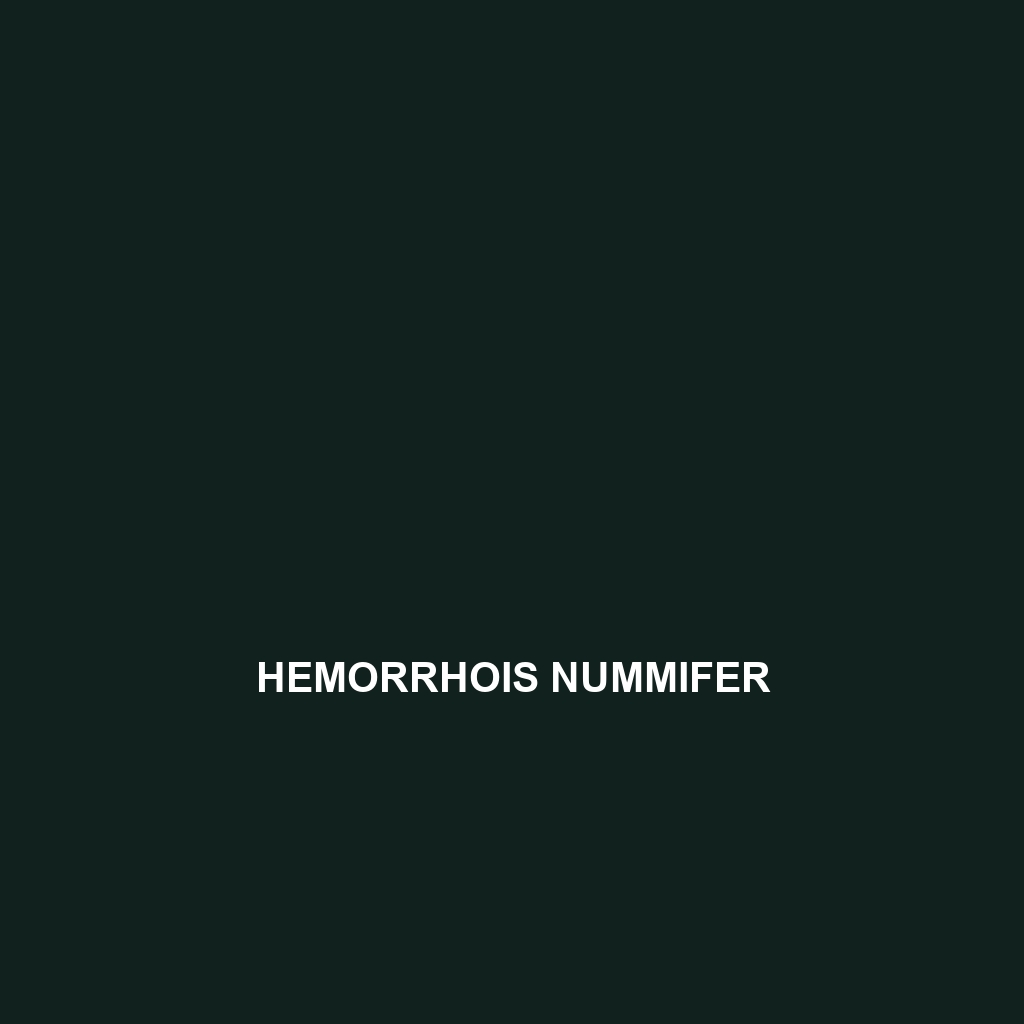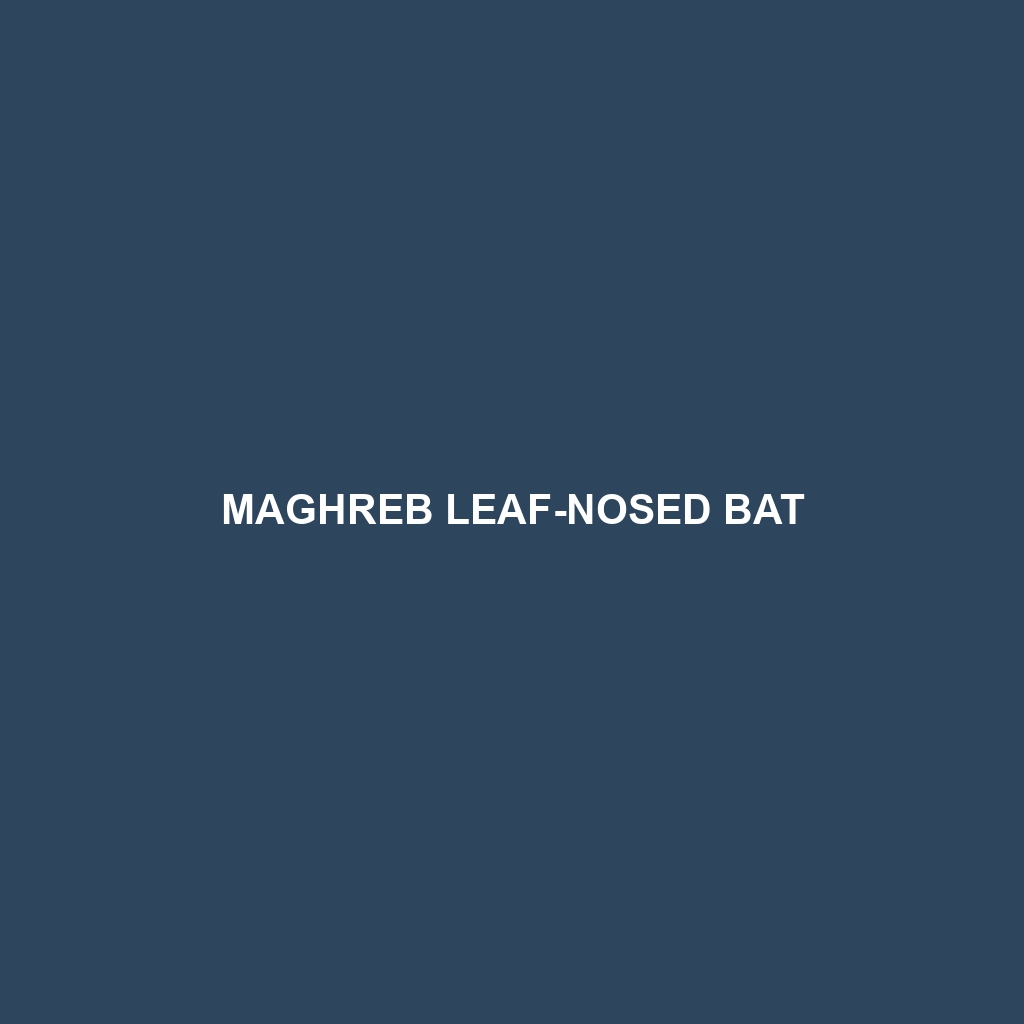<p><b>Ptyodactylus ruusaljibalicus</b> is a medium-sized lizard native to the Mediterranean region, thriving in diverse habitats from scrublands to temperate forests. This insectivorous species features a distinctive elongated body, remarkable color-changing ability, and engages in fascinating mating displays, playing a crucial role in maintaining ecological balance.</p>
Tag: Mediterranean wildlife
Ptyodactylus ruusaljibalicus
<p><b>Ptyodactylus ruusaljibalicus</b> is a medium-sized lizard native to the Mediterranean region, thriving in diverse habitats from scrublands to temperate forests. This insectivorous species features a distinctive elongated body, remarkable color-changing ability, and engages in fascinating mating displays, playing a crucial role in maintaining ecological balance.</p>
Podarcis vaucheri
<b>Podarcis vaucheri</b>, or Vaucher's Wall Lizard, is a vibrant green or brown lizard native to the sunny Mediterranean regions of Europe. Known for its insectivore diet and ability to adapt to diverse environments, it plays a vital role in its ecosystem by regulating insect populations and serving as prey for larger animals.
Podarcis raffonei
Introducing the Raffone's Wall Lizard (<i>Podarcis raffonei</i>), a stunning Mediterranean species known for its vibrant colors and adaptability. Primarily found in rocky terrains and grasslands, this diurnal insectivore plays a crucial role in maintaining ecological balance by controlling insect populations and promoting biodiversity.
Podarcis muralis
<p><b>Podarcis muralis</b>, commonly known as the wall lizard, is a diurnal species found across Southern Europe in rocky areas, gardens, and urban settings. Measuring 15 to 25 cm in length, these lizards exhibit varying coloration, a carnivorous diet primarily consisting of insects, and play a crucial role in controlling pest populations within their ecosystems.</p>
Hemorrhois nummifer
Discover the <b>Hemorrhois nummifer</b>, or nummifer snake, a diurnal predator native to the Mediterranean region, known for its slender body, captivating camouflage, and role in controlling small mammal populations. This ovoviviparous species thrives in warm, dry habitats and exhibits unique hunting strategies, making it a fascinating addition to any reptile enthusiast's collection.
Chalcides lanzai
Chalcides lanzai, commonly known as the Lanzai skink, is a slender, diurnal lizard found in Mediterranean sandy and rocky habitats. This species, characterized by its smooth, shiny scales ranging from light brown to dark gray, primarily feeds on small invertebrates and plays a vital role in its ecosystem as both a predator and prey.
Anguis graeca
Discover the Greek legless lizard, Anguis graeca, a unique fossorial species native to southeastern Europe, thriving in warm climates and characterized by its elongated, limbless body and diet of small invertebrates. Currently listed as "Near Threatened," this lizard plays a crucial role in maintaining ecosystem balance while being an essential predator and prey in its natural habitat.
Crete Pipistrelle
Explore the fascinating world of the Crete Pipistrelle (Pipistrellus cretensis), a small bat species native to the enchanting island of Crete. This nocturnal insectivore plays a vital role in controlling pest populations and showcases remarkable adaptability, thriving in diverse habitats from forests to urban areas. Learn about its physical characteristics, unique behaviors, and the conservation challenges it faces in our latest blog post.
Maghreb Leaf-nosed Bat
Discover the fascinating world of the **Maghreb Leaf-nosed Bat**, a unique species native to North Africa's Mediterranean regions. Known for its distinctive leaf-like nose and agile flight, this nocturnal bat plays a crucial role in regulating insect populations while facing threats from habitat loss and climate change. Learn about its behaviors, diet, and the vital contributions it makes to its ecosystem in this insightful blog post.









